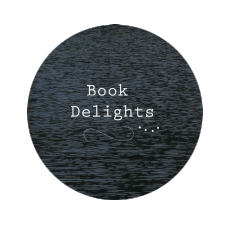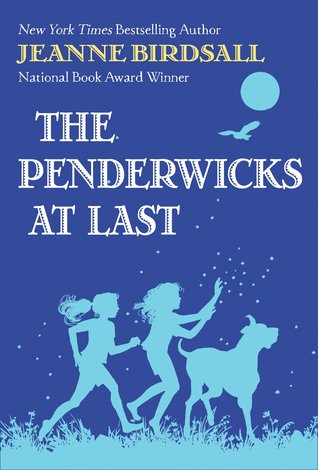 The Penderwicks at Last, by Jeanne Birdsall
The Penderwicks at Last, by Jeanne Birdsall
Nine years, five older siblings, a few beloved dogs, and an endless array of adventures–these are the things that have shaped Lydia’s journey since readers first met her in The Penderwicks in Spring.
Now it’s summertime, and eleven-year-old Lydia is dancing at the bus stop, waiting for big sister Batty to get home from college.
This is a very important dance and a very important wait because the two youngest sisters are about to arrive home to find out that the Penderwicks will all be returning to Arundel this summer, the place where it all began. And better still is the occasion: a good old-fashioned, homemade-by-Penderwicks wedding.
Bursting with heart and brimming with charm, this is a joyful, hilarious ode to the family we love best. And oh my MOPS–Meeting of Penderwick Siblings–does Jeanne Birdsall’s The Penderwicks at Last crescendo to one perfect Penderwick finale.
Pages: 256 (Hardcover)
Published by: Alfred A. Knopf Books for Young Readers
Published on: May 15th 2018
| 3.5 Stars ★★★☆
As with all the other Penderwicks books, this installment has left me with a warm feeling of happiness and nostalgia. That being said, I felt that The Penderwicks at Last did not quite match my hopes. Jeanne Birdsall’s comfortable prose with occasional dashes of humor is still there, but I felt that this novel diverged from the others in that there wasn’t a lot of what is usually featured in a Penderwicks novel, like MOPS. This was to be expected though, sinceThe Penderwicks at Last is written from Lydia’s perspective, and Lydia isn’t a member of the original Penderwicks quartet. Even though I knew this, I was disappointed. The only prominent sisters in this novel are Jane and Batty. We barely get to see any scenes with Skye and we see even less of her boyfriend, Dušek. I’ll be plain in saying that I started this novel with the expectation that Skye and Jeffrey would get into a relationship. They don’t, and I feel comfortable clarifying that because it’s not really a spoiler. Since that expectation was completely trashed, I was hoping for more development of Skye and Dušek’s relationship to the extent that Rosalind and Tommy’s relationship was developed in previous novels. However, since Dušek only actually appears near the end, this didn’t happen either so I get why so many Skeffrey shippers are salty since Skye and Dušek’s relationship feels quite non-existent. There was a nice moment though when they were speaking Czech to each other. Since I don’t understand the Czech language, however, none of that helped me to become more invested in their relationship. I quite liked Lydia as a narrator. Lydia is a super nice person even though she is striving to be viewed as otherwise. Her narration allowed for a certain hated character to be viewed in another light, which I thought was a very nice touch. Also, her adventures with Alice were quite fun but I felt that they took time away from seeing more of the Penderwicks sisters. In the end, Birdsall did wrap the series up nicely with a large reunion of all our favourite characters due to the wedding. Although not my favourite in the series, The Penderwicks at Last was a pleasurable read that ensures that the Penderwicks will remain fondly in my memories. Thus, I highly recommend this novel to anyone who has been following the series and sincerely implore all Skeffrey shippers to try this novel out anyway. |
Lots of love and thank you all for waiting for these late reviews!!
Kellie (@Book Delights)

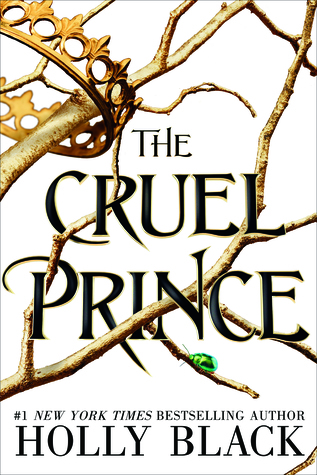 The Cruel Prince, by Holly Black
The Cruel Prince, by Holly Black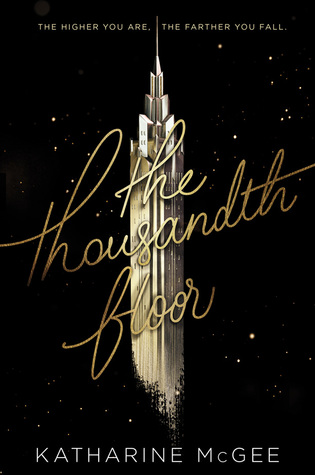


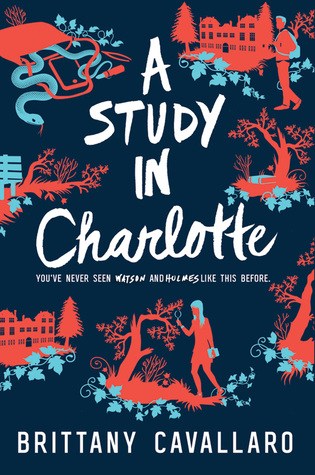 A Study in Charlotte, by Brittany Cavallaro
A Study in Charlotte, by Brittany Cavallaro A Court of Mist and Fury, by Sarah J. Maas
A Court of Mist and Fury, by Sarah J. Maas The Rose Society, by Marie Lu
The Rose Society, by Marie Lu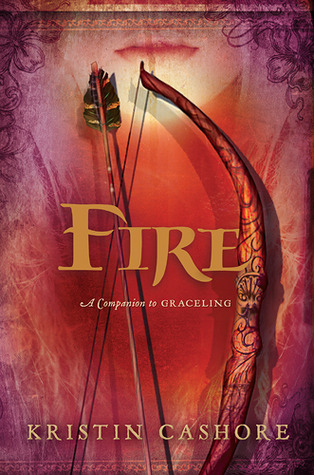 BLURB
BLURB
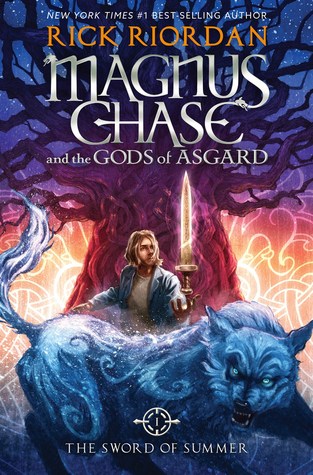 4 Stars
4 Stars
 Page Count: 490 (Paperback)
Page Count: 490 (Paperback)